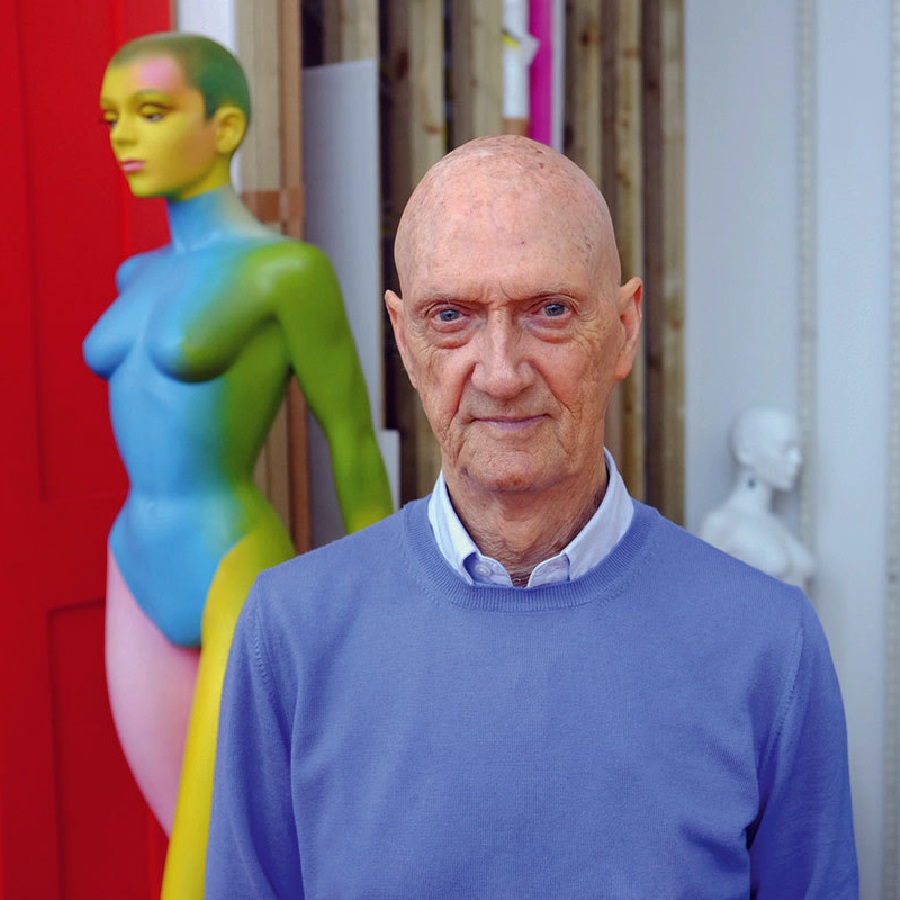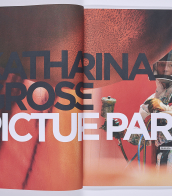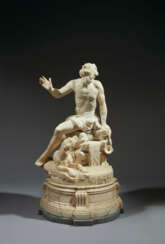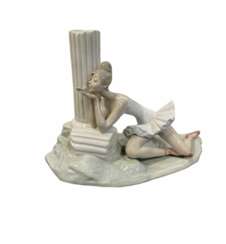contemplative

Allen Jones is a British pop artist and a senior member of the Royal Academy of Arts. He is known for his paintings, sculptures and lithographs on the theme of human sexuality. He was awarded the Prix des Jeunes Artistes at the 1963 Paris Biennale.
Allen Jones' most famous work is "Hat Stand, Table and Chair," created from "fetish" fiberglass mannequins.


Fritz Kreidt was a German painter. He was a member of the Künstlersonderbund, an association of German artists committed to realism.
Coming from university, Kreidt's early works were rather abstract, but he soon turned to a more figurative style of representation. He finally found his main subject in melancholic-looking landscape depictions - often industrial wastelands or building sites - which, although often deserted, bear witness to human labour and its transience. Since the year of German reunification in 1990, Kreidt has been concerned with industrial and urban landscapes of the former GDR.
In 2005, Kreidt went on a study trip to China, which inspired him to create the series "Chinese Landscapes". In these works, deviating from his usual technique of oil painting, he often used conté and coloured pencils, with which he rendered architectural and landscape elements in fine strokes in a manner more oriented towards graphic art.


































































